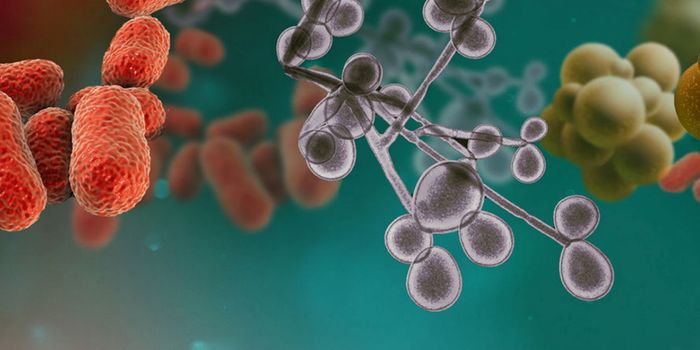New Research Investigates the Molecular Spread of Triple-Negative Breast Cancer
Triple-negative breast cancer (TNBC) accounts for 10-15% of all breast cancer cases. TNBC is a term used to describe cases of breast cancer where the cancer cells do not have receptors for estrogen or progesterone and do not make much of a protein called HER2.
Since many common cancer treatments directly target estrogen and progesterone receptors or target production of HER2, there are typically fewer treatment options for triple-negative breast cancer outside of chemotherapy. Other treatments for triple-negative breast cancer typically include a lumpectomy, mastectomy, or radiation.
During the progression of triple-negative breast cancer, some TNBC cells split from the original tumor and form additional tumors in other locations of the body. Scientists refer to this progression as epithelial-mesenchymal transition (EMT), which means that an epithelial cell (the types of cells that cover all internal and external surfaces of the body) undergoes multiple biochemical changes to become a mesenchymal cell.
Mesenchymal cells are multipotent stem cells typically found in blood marrow. Compared to epithelial cells, they have an enhanced ability to migrate to other tissues and a resistance to apoptosis, or cell death. This is why the epithelial-mesenchymal transition is an important part of additional tumors forming in the body.
Given the importance of this cellular transition, researchers are looking to better characterize the mechanics of this transition on a cellular level. A better understanding of this process could allow for the development of much-needed treatments for triple-negative breast cancer.
In a new study from researchers at Johns Hopkins Medicine, researchers investigated this transition using genetically engineered mouse models of TNBC, patient-derived xenografts, and TNBC tumor tissues from patients. The researchers found that a protein called vimentin was essential for TNBC cells to form tumors in other parts of the body.
Andrew Ewald, Ph.D., Director of the Department of Cell Biology at the Johns Hopkins University School of Medicine, says that “the bad news from our study is that cells from metastatic sites are super optimized for migration and resisting treatment. The good news is that we identified several proteins called transcription factors that these cells require to handle the challenges of migrating and thriving at metastatic sites, and we may be able to design new therapies that target these transcription factors.”
This research highlights the complexity of the epithelial-mesenchymal transition in triple-negative breast cancer. Future research could investigate methods of blocking transcription factors or their resulting proteins to stop the progression of metastatic cancer growth.
Sources: Centers for Disease Control and Prevention, The Journal of Clinical Investigation, Science Translational Medicine








